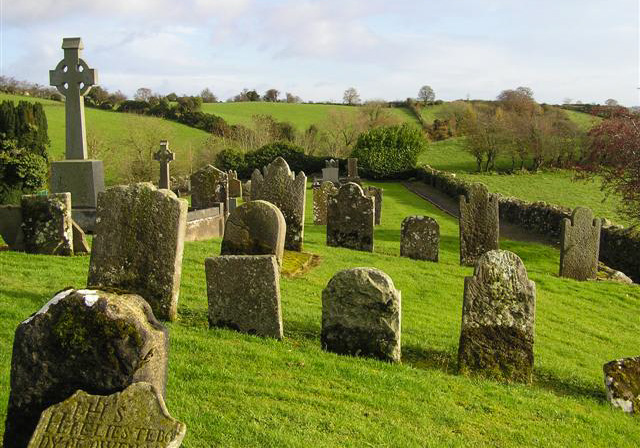
A few months ago, I wrote briefly that there was a multitude of records made at the time of death, which may record key evidence on where in Ireland your ancestor was from. I got a spirited response. What is there beyond civil death records?
Newspapers publish more than one kind of death notice. There are the death notices published immediately after the death, to alert family and friends to when and where the funeral mass and burial will take place. They published obituaries or appreciations for people prominent in their profession – you will find obituaries for politicians and clergymen of all denominations, but you may also find an obituary for ‘Ordinary-Joes’ where they were members of a society – be it a Beefsteak Club or the Ancient Order of Hibernians.
Newspapers also publish ‘in memoriam’ notices usually on the anniversary of death, often for decades. They may provide vital evidence concerning the deceased, but also to trace living relatives.
In my experience, where children were native-born to immigrant-parents, it’s very common to find an Irish townland or village address on the parent’s tombstone. Putting up a gravestone is often the last way that an adult child can honour a much-loved and missed parent.
Many local history societies have compiled and published gravestone inscriptions. The Journals for the Memorials of the Dead in Ireland, and Cantwell’s Memorials of the Dead which are excellent for Wicklow and Wexford. Nothing beats your own research however – and I’ve found family graves not recorded in surveys, by visiting the cemetery. Sometimes a gravestone inscription is eroded by time, or covered in lichen-growth: I once waited an hour and a half for the sun to cross the sky, so that the shadows fell in a particular way on the gravestone. Do what the archaeologists do, and bring white chalk with you. If you have no chalk, a handful of grass rubbed across the stone inscription can bring it into relief without damaging the stone.
Burial records can provide a research thread to other family members. It may sound a bit grim, but you should always check to see who else is buried in the same plot. Most plots accommodate up to three adult burials, and it’s worth knowing the name and date of burial of anyone else buried there, as a rule of thumb, only immediate family are ever buried together.
I’m interested to hear from all and any of you, what records surrounding the rituals around death and burial have you used in your family history?
By Fiona Fitzsimons
